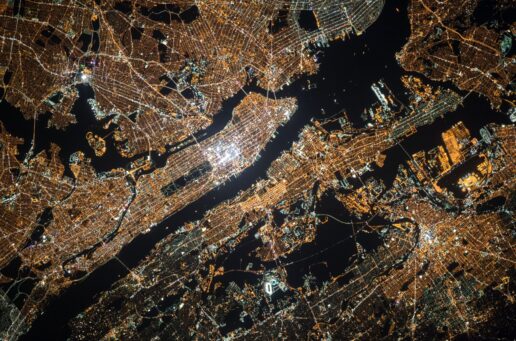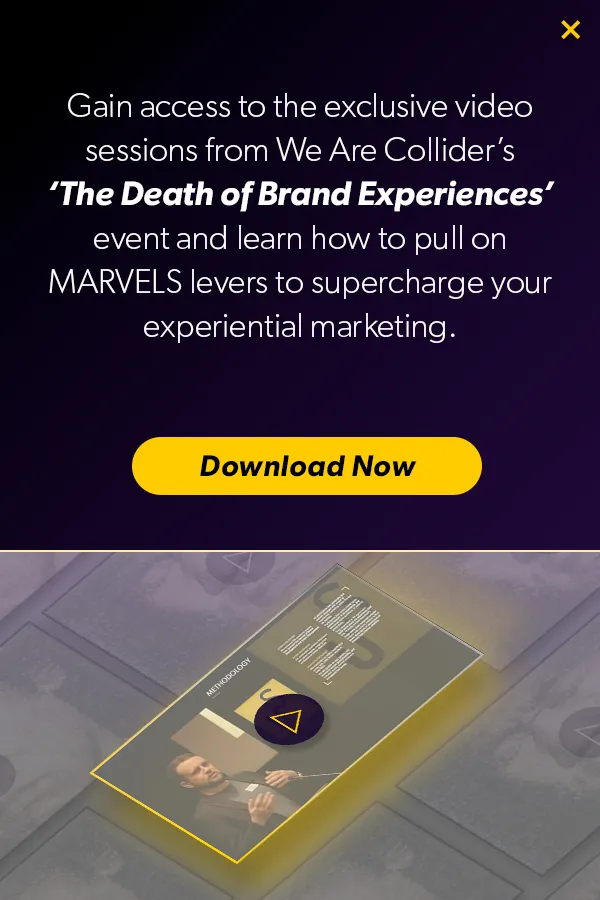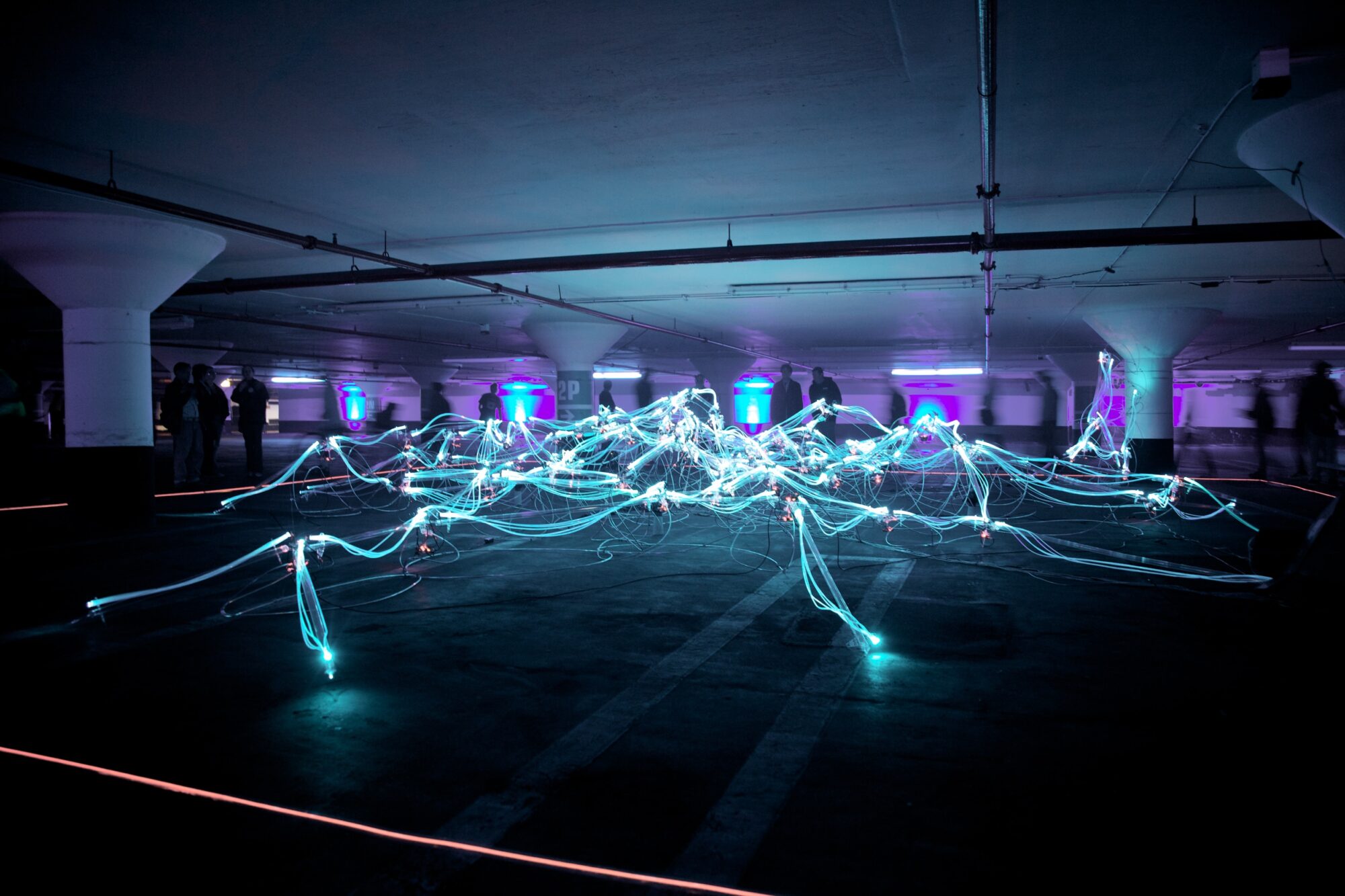
It’s 2024. And it’s not news to anyone that consumer expectations are at an all time high. Yet there is this expectation for brands to deliver innovative experiences time and time again… What this means is brands need to seriously consider the importance that creative ideas bring to the table in forming memorable moments for consumers.
But as the investment in brand experiences continues to grow, there’s an even greater need to hit the right notes and deliver on consumer expectations and ROI. And given this shift, there’s an even greater need for outstanding creative ideas.
Creativity Breaks The Status Quo
Brands must truly think outside of the box and get comfortable with creative risk taking. Especially given that we’re living in a time controlled by the novel, and the gimmicky. As David Herro, WPP investor, was quoted in an Interview with Campaign on creative agencies’ low growth, he said “creativity[…] is how you deliver a differentiated solution to your clients. [However] one of the things that has caused the growth to slow for all of these agencies [across the holdco sector] in the last half decade, it’s that slice of creativity, the creative analogue part of the business, which has shrunk. So you have to find a way to maintain the differentiation that creativity provides but attach it to platforms that grow. You have got to be creative. You can’t just tolerate status quo.”(Spanier, 2023)1
To elevate the impact of brand experiences, it’s crucial for brands to break free from conventional moulds and embrace groundbreaking ideas that resonate with the evolving consumer. Below we dissect some examples of brands who’ve done exactly this and subverted the status quo to invent brand experiences which are truly creative.
Think Out Of The Ordinary
For starters, we really love that The Ordinary just floated a massive bottle of their hylauronic acid serum down the River Thames. This may not initially appear to be a ground-breaking product launch. However, in this current frenzy of ‘fake out of home’ or FOOH for short, the real life Godzilla-sized serum bottle is stands out. Because we’ve seen so much of this digital street art/ forced perspectives popping up all over socials, The Ordinary have flipped this FOOH trend on its head by erecting what we’ve become accustomed to seeing on our social feeds, IRL. Like something out of Gulliver’s travels, we now walk within our LinkedIn timelines. This creative, reactionary marketing stunt by The Ordinary reminds us of our Magic Lever, in that if your consumer stumbles across a brand experience which feels unexpected new, and evokes that childlike wonder, it not only captures their attention but also creates a positive perception of the brand which helps them escape their everyday lives. Making consumers all the more likely to form an emotional connection to your brand, which lasts.
In addition to the escapism aspect, this activation has provided the brand with an exciting platform from which they can join the conversation around what is real and what is fake in the realm of F/OOH. And we think they’ve a real opportunity to have some fun with it. We’d hope to see The Ordinary next encouraging active consumer participation via the introduction of XR tactics on top of their established IRL stunt. And this augmentation of the physical experience would help form a more interconnected brand story, which is a forecasted global trend for this year.
The Ordinary may have gained new fans…
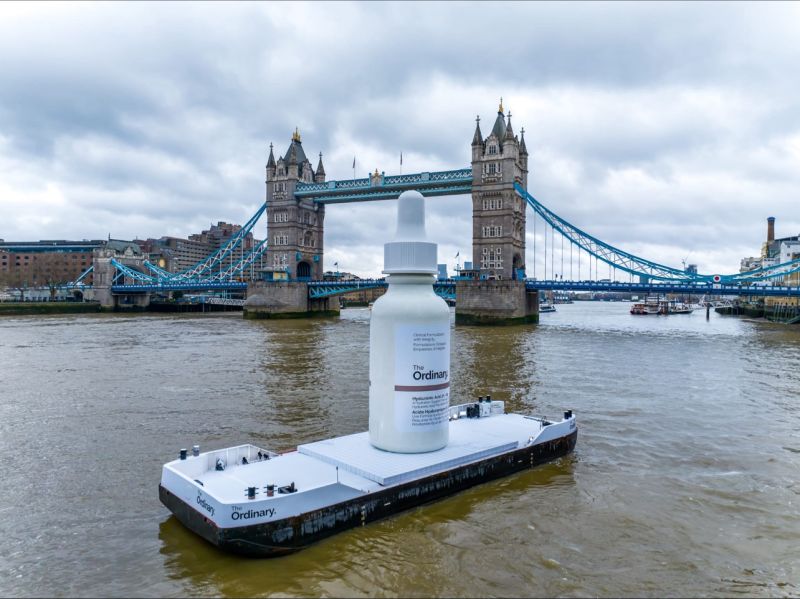
Birkenstock’s Creative Hub
Creativity doesn’t just have to look like bold, inventive colour palettes and wacky branding, instead
brands are not only investing more but are also becoming more selective in how they approach creative brand experiences. It’s not just about hosting events or creating interactive spaces; brands have to seriously consider how they can craft a narrative that seamlessly integrates into the lives of their consumers through their brand experiences. This shift in mindset acknowledges that brand experiences aren’t isolated happenings but rather part of an ongoing conversation between the brand and its audience. An example of this lies in Birkenstock’s recent atelier, a multi-functioning brand-owned creative studio which sells their products, hosts meet-ups and also homes artists in residence.
Whether it’s a case of consumers getting bored of the same old pop-up brand experiences or are thirsting for unique and more ‘homely’ experiences, Birkenstock have been pushed to dial up their creativity to engage their consumers. Merging the experience of an atelier, a meet-up hub and a creative studio all into one space in East London makes Birkenstock appear to be on the cutting edge of what’s cool in how it encourages creative collaboration in their consumer. This is something we know forms genuine brand loyalty as envisaged by our Exchange lever, whereby active participation on the part of the consumer directly correlates to their higher motivation to process relevant information associated with your brand. Meaning if you get your audience to co-create as a part of your experience they’re more likely to be persuaded by your brands messaging or conjure up some organic brand love. There’s also something very rustic and old-timey about producing an atelier and Birkenstock has hit the nail on the head with forming one in a time when consumers crave this nostalgic cocooning and are brewing their own kombucha for fun. And they’ve certainly inserted themselves into an environment which suits their target demographic (Matcha sipping East Londoners who frequent natural wine bars)…. Birk aficionado’s have found their brand home.
Look To The Art World
Often, thinking creatively demands looking into the world of art for inspiration. If we take a look at the rejuvenation of Luna Luna: Forgotten Fantasy, this is an example of an art show/ experience which instils emotion in its consumers which brands should take inspiration from. The world’s first art amusement park, the attraction is composed of fair-ground rides decorated by Haring, Hockney and Basquiat and other famed artists originally painted almost 40 years ago to be shown in Hamburg and then became lost in middle America until last year. They’ve since been restored and are open to the public as a rejuvenated attraction.
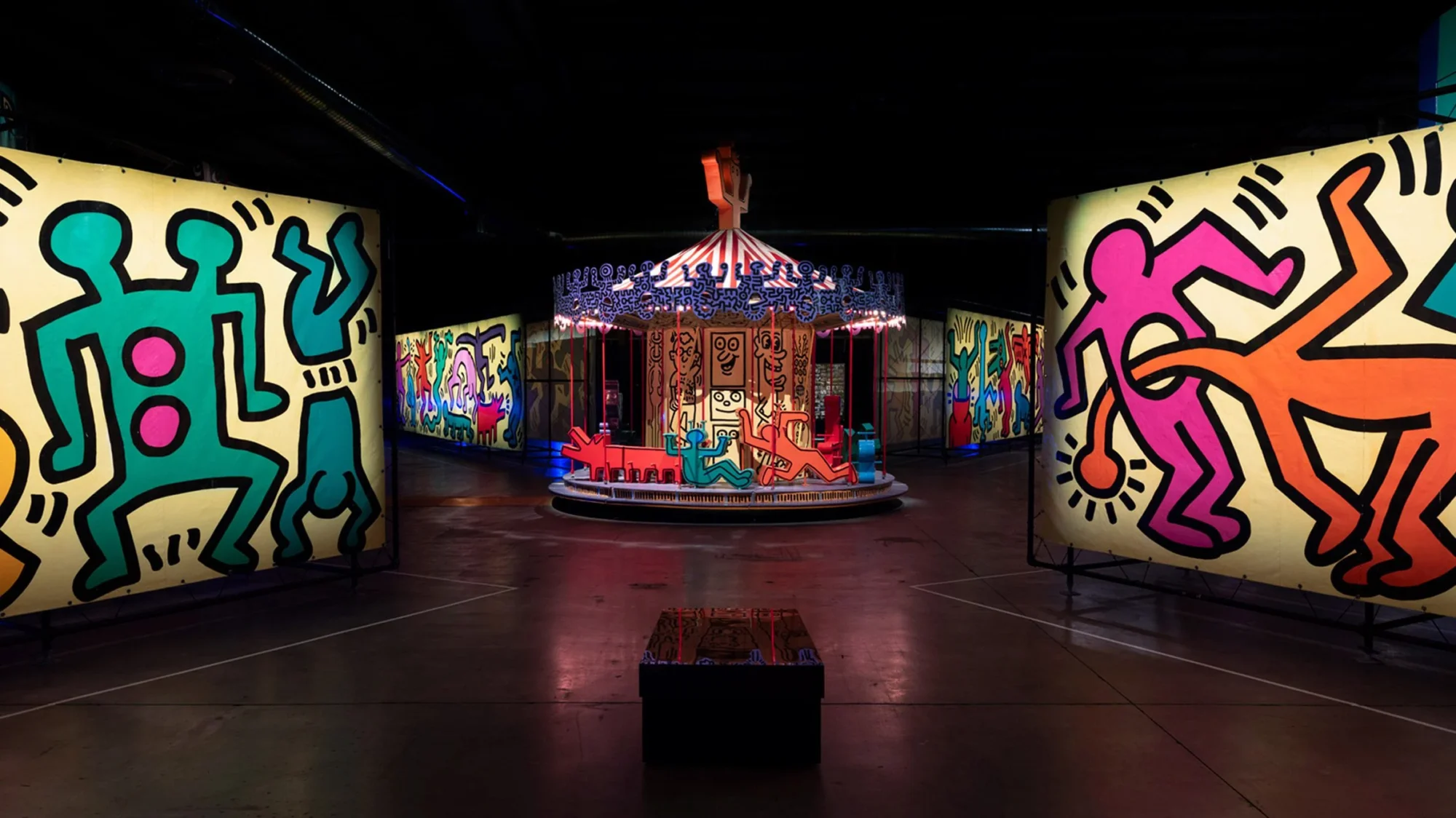
Whilst this may remind us of Banksy’s Dismaland, it’s no political statement, nor is it a genuine fairground, instead it’s a physical example of how much impact novelty can have in grabbing those waning consumer attention spans, and stands as concrete proof as to the power of the Magic and the Sociality lever. Luna Luna’s art directors have formed this novel exhibition with the aim of reinvigorating public fascination with these lost pieces of art, and in the process building a shareable moment which unites the generations via culture. Humans are curious creatures and if we learn that we’ve the chance to see something ‘limited edition’, perhaps ‘a never-before-seen glimpse into the past’, we’re intrigued. And as our Sociality lever dictates, people want to feel a part of a tribe and seek to define themselves in accordance with this, so in feeling as though they are a part of this special community who get to witness this marvellous thing, they’re more likely to feel compelled to engage with it. Brands should look at this example and not sleep on the power of the novel, as our Magic lever proves, the more the experience differs from the consumer’s everyday life, the higher the degree of engagement. Brands have to cater to this curiosity contagion.
Conclusion
Ultimately, groundbreaking ideas fueled by creativity are essential for brands to stand out, grasp consumer attention, and build lasting connections. In an era where consumers crave authenticity and chase novelty and uniqueness, embracing creativity isn’t just an option; it’s a necessity for brands looking to make a lasting impact and stick in their audience’s good books.
- Spanier, G. (2023) Top investor David Herro on WPP vs Publicis and why he’s keeping faith in agencies, Campaign UK. Available at: https://www.campaignlive.co.uk/article/top-investor-david-herro-wpp-vs-publicis-why-hes-keeping-faith-agencies/1840139 (Accessed: 12 February 2024).
↩︎

